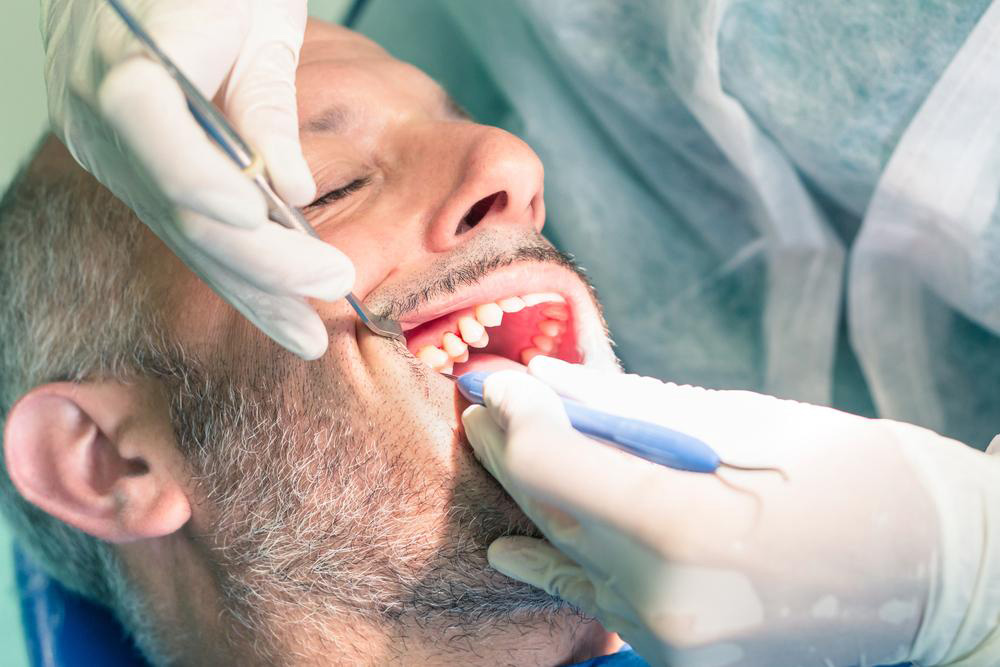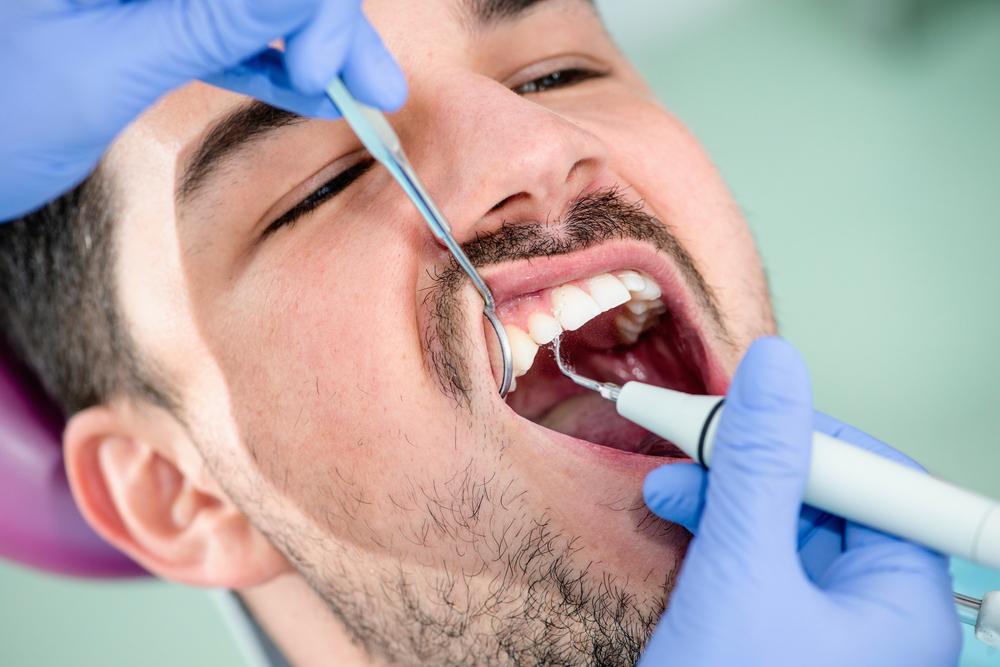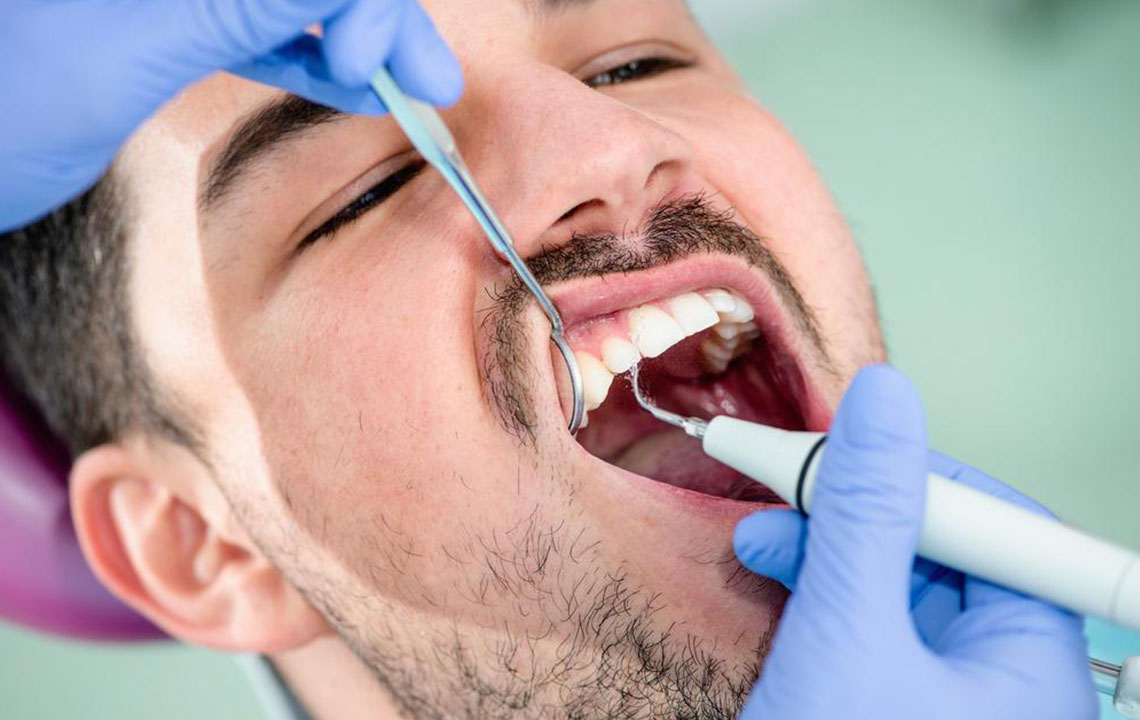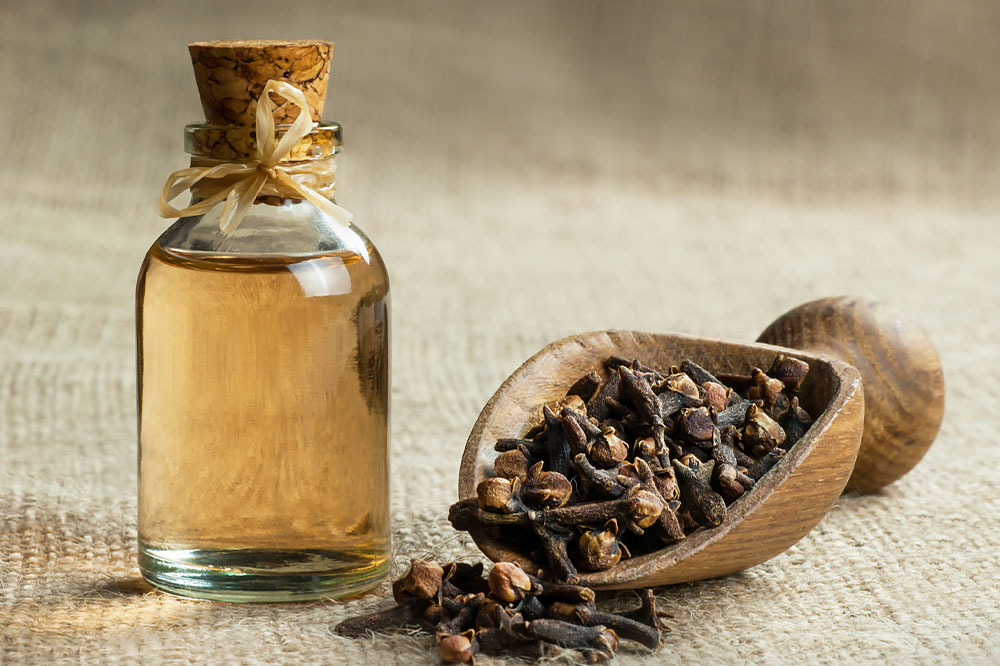Comprehensive Home Strategies to Effectively Remove Dental Plaque and Maintain Oral Hygiene
Discover comprehensive home remedies to effectively remove dental plaque, prevent tartar buildup, and maintain optimal oral hygiene. This detailed guide covers causes, risks, and practical tips including flossing, natural pastes, and easy home treatments, helping you achieve healthier teeth and gums. Regular home care combined with professional dental check-ups ensures lasting oral health and a confident smile.
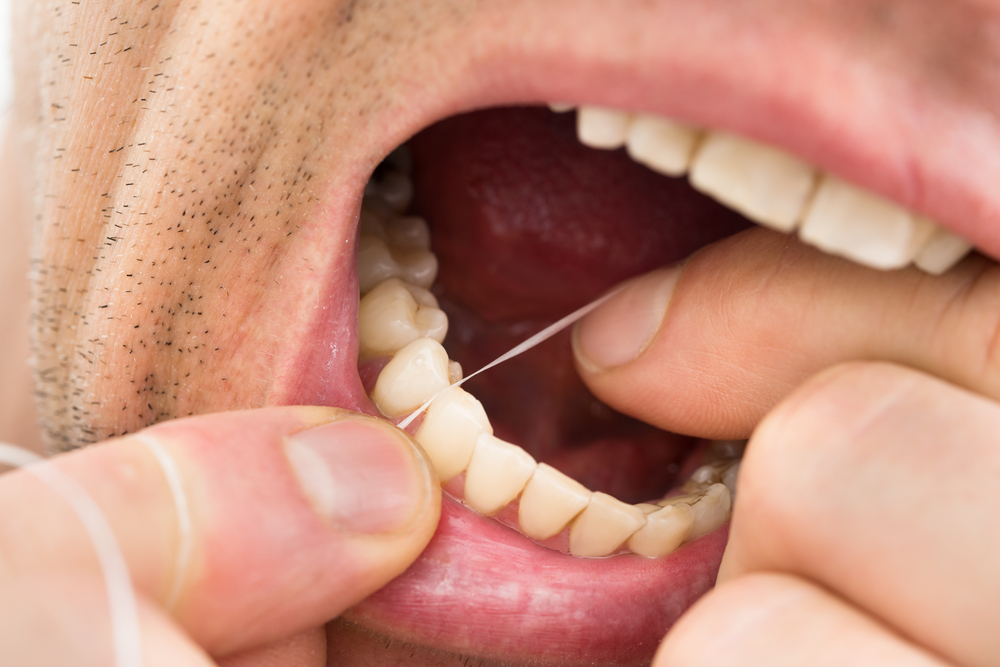
Comprehensive Home Strategies to Effectively Remove Dental Plaque and Maintain Oral Hygiene
How to Naturally Eliminate Dental Plaque at Home for a Healthier Smile
Maintaining a bright and healthy smile requires consistent oral hygiene practices, especially in managing dental plaque — the sticky film of bacteria that forms constantly on our teeth. While professional dental cleaning can remove stubborn plaque and tartar, daily home care plays a vital role in preventing buildup, cavities, and gum disease. Over time, plaque can harden into tartar, which only dental professionals can remove. Therefore, understanding how to effectively manage plaque at home is essential for long-term oral health. This article provides detailed insights into the causes of plaque, its dangers, and practical home remedies for its removal, helping you keep your teeth clean, strong, and pearly white.
Understanding the Causes of Plaque Buildup
Our mouths naturally harbor a diverse community of bacteria, which can be beneficial or harmful depending on their behavior and the environment.
Food particles, especially sugars and starchy foods, serve as a fertile ground for bacterial growth, enabling plaque formation.
This bacterial colony adheres to the enamel surface, producing acids that erode tooth structure and cause decay.
Regular cleaning and oral hygiene are necessary because bacteria easily attach to teeth, especially in irregular or hard-to-reach areas.
How Plaque Transforms Into Tartar
If plaque isn’t removed regularly, it can mineralize and harden into tartar (calculus), typically within 24 to 72 hours.
This hardened substance bonds tightly to the tooth surface and beneath the gumline, making it resistant to brushing and flossing.
Once tartar forms, only professional dental cleaning can effectively remove it, emphasizing the importance of daily plaque control.
Health Risks Associated with Plaque Accumulation
Left unchecked, plaque can lead to dental cavities, as the acids produced by bacteria destroy enamel.
It also causes inflammation of the gums, resulting in gingivitis — the initial stage of gum disease.
Persistent plaque and tartar buildup are common causes of bad breath (halitosis) and other periodontal issues.
In extreme cases, gum disease can contribute to tooth loss and even impact overall health by increasing risks of heart disease and diabetes.
Effective Home Remedies to Remove Dental Plaque
Flossing: Daily flossing remains one of the most effective ways to remove plaque from between teeth. Use about 18-20 inches of dental floss, wind it around your fingers, and gently slide it in a C-shape between each tooth. Carefully push the floss down to the gumline and move it up and down to dislodge plaque without harming the gums. Be sure to repeat this process for all teeth to ensure no area is overlooked.
Brushing Techniques and Natural Paste Options: Brushing twice daily with a soft-bristled toothbrush helps remove plaque on the surface. Consider using a natural toothpaste blend made with water, baking soda, aloe vera, lemon essential oil, and glycerin, which can be gentler on your teeth while being effective at cleaning.
Homemade Baking Soda and Salt Paste: Creating a paste of baking soda and salt provides a natural abrasive that helps in breaking down plaque. Brush gently with this mixture once or twice a week for improved oral hygiene.
Orange Peel Rubbing: Rubbing the inner side of fresh orange peel directly on your teeth can naturally help in cleaning the enamel and reducing plaque, thanks to its vitamin C content and natural oils.
Chewing Sesame Seeds: Sesame seeds are known for their natural cleansing properties. Chewing them stimulates saliva production and helps remove plaque. Make sure to spit out the seeds afterward and brush thoroughly.
Vinegar and Salt Mouth Rinse: A mixture of vinegar, water, and salt acts as a natural antimicrobial rinse. Use this solution sparingly, as vinegar’s acidity can erode enamel if used excessively.
Additional Tips for Maintaining Oral Hygiene
Use an antimicrobial mouthwash to help reduce bacterial load in the mouth.
Maintain a balanced diet low in sugary foods and drinks to prevent bacterial overgrowth.
Replace your toothbrush every 3-4 months to ensure effective cleaning.
Visit your dentist regularly for professional cleanings and check-ups to catch any early signs of dental issues.
By integrating these home remedies and hygiene practices into your daily routine, you can effectively control plaque buildup, prevent tartar formation, and promote healthier teeth and gums. Remember, while home remedies are effective for routine maintenance, professional dental care is crucial for dealing with hardened tartar and underlying issues. Consistency and proactive oral health habits are your best tools for a bright and plaque-free smile.
